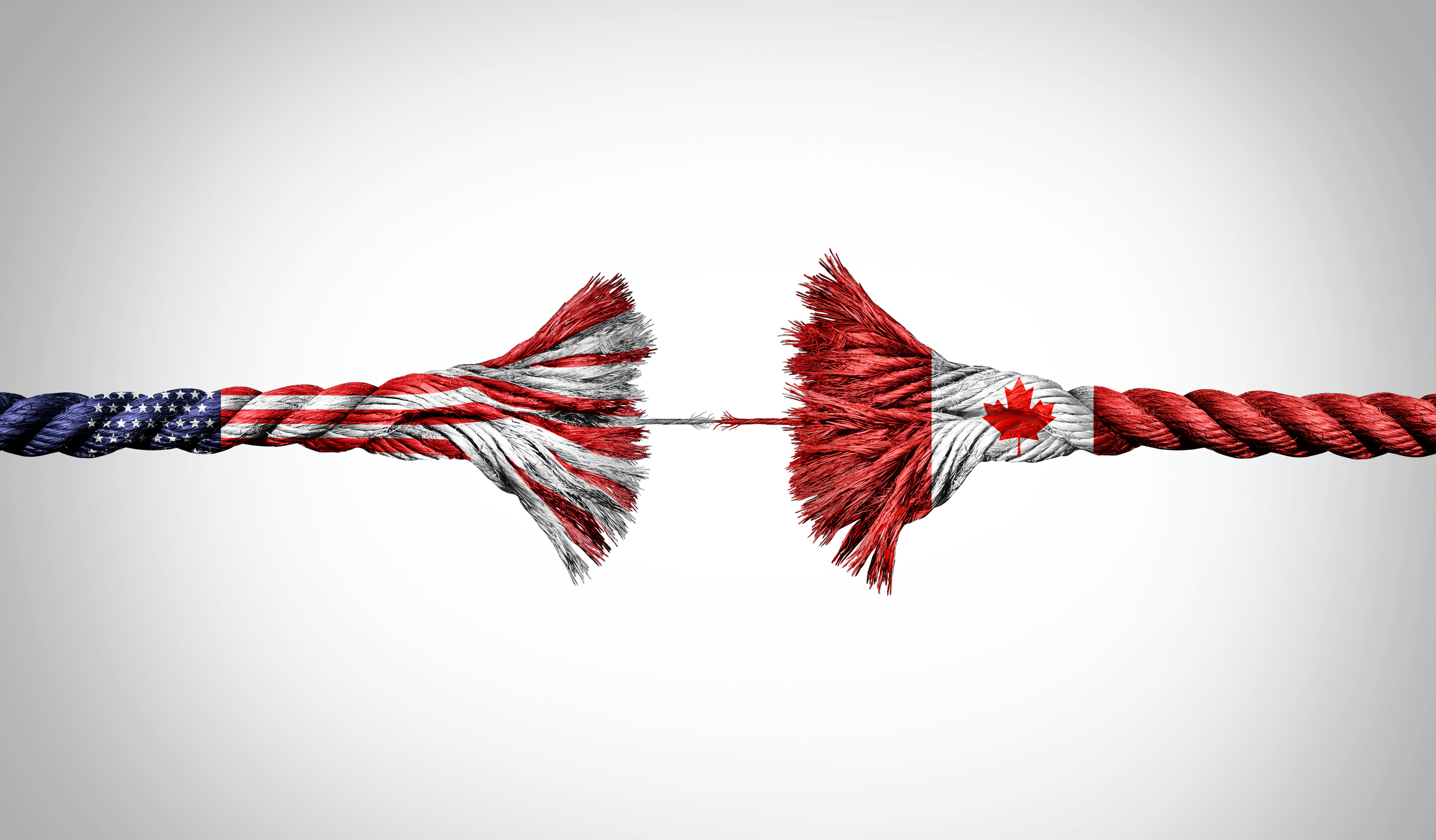Three South-Korean champions—Hanwha Ocean, Hyundai Heavy Industries and Hanwha Aerospace—have done what Europe’s vaunted shipyards and Washington’s defense giants never dared: they have walked into Ottawa with an unsolicited, government-backed proposal to recapitalize the Canadian Armed Forces from keel to cannon, and to finance the job on Seoul’s tab. The headline number is eye-catching, somewhere between $20 billion and $25 billion, but the deeper story is an alliance map being redrawn by critical-mineral politics and America’s fraying goodwill.
“We do not regard this as a single transaction,” Deputy Defense Minister Cho Hyun-ki said in an interview published by Maeil Business Newspaper. “It is a strategic partnership that would strengthen Canadian industry while diversifying both countries’ supply chains.”
A Package Deal, Not a Price List
| Capability | Korean Offer | Strategic Appeal for Canada |
| Submarines | Up to 12 KSS-III Dosan Ahn Chang-ho-class boats; first four delivered by 2035; option for West-Coast maintenance dock | Replaces four 1990s-era Victoria-class subs and supports Arctic sovereignty |
| Artillery | 80–98 K9 “Thunder” 155-mm self-propelled howitzers | Core of Ottawa’s Indirect Fires Modernisation (IFM) project |
| Rocket artillery | K239 “Chunmoo” MLRS with 36–80 km precision rockets | Gives the Army a long-range capability it currently lacks |
| Armoured vehicles | K21 infantry vehicles, K10 ammo resupply, armoured recovery variants; proposed assembly line in Ontario | Revives a domestic land-systems chain and meets NATO readiness targets |
| Financing | 15–20-year export-credit loans from the Export–Import Bank of Korea (K-EXIM) at sovereign bond rates (~2 %) plus mandatory industrial offsets | Cuts the up-front budget hit and embeds work in Canada |
Ottawa’s Emerging Rift With Washington
The overture arrives at a combustible moment. Prime Minister Mark Carney is openly reconsidering Canada’s C$19 billion commitment to the F-35 fighter. Defense Minister Bill Blair has floated Sweden’s Saab Gripen as a substitute; Korean Aerospace Industries has dangled its FA-50 as a lighter, cheaper alternative. Accepting the Korean package would be Ottawa’s largest ever procurement from a non-U.S. supplier and a tangible step away from the continent’s tightly wired defense-industrial integration.
Minerals for Missiles
Seoul’s long game is not limited to hulls and howitzers. South Korea imports much of its battery-grade nickel, cobalt and rare-earth oxides from Chinese-linked supply chains; Canada is racing to commercialize precisely those resources. A senior Canadian negotiator confirmed that the Korean bid “explicitly references strategic-resource collaboration”—shorthand for offtake contracts that would swap critical minerals for Korean credit and technology. Observers expect Seoul to court Brazil next, stitching a parallel supply chain that bypasses Beijing and Washington alike.
Why Korea Thinks It Can Win
South Korea’s share of the global arms market surged after Warsaw turned to Seoul in 2022 for tanks, howitzers, and light fighters when European yards could not deliver fast enough. Hyundai Rotem and Hanwha met Poland’s deadlines with K-EXIM financing—proof, says the Canadian Global Affairs Institute’s Dave Perry, that “Korea can supply quality kit in volume and in a hurry, which is exactly what the Canadian forces need.”
What Happens Next
- Departmental review: National Defence aims to take the submarine portion to the cabinet by late 2025.
- Treasury scrutiny: Canada’s Finance Department must decide whether K-EXIM’s loans comply with federal debt-management rules.
- Washington’s response: Pentagon officials warn that non-U.S. artillery systems could complicate interoperability within NORAD; lobbyists are already leaning on that argument.
- Arctic politics: Premiers in Nunavut and the Northwest Territories favor any platform with proven under-ice endurance, a feature the KSS-III offers.
The Larger Decoupling
The Korean gambit may prove to be a bellwether: how many middle powers will trade minerals for missiles as supply-chain anxieties eclipse old alliance reflexes? If Ottawa says yes, it will mark the most consequential realignment of Canadian defense procurement since the 1950s—and show that the United States now shares the arms-export field with a rising competitor armed not just with factories but with financing.




Leave a Reply